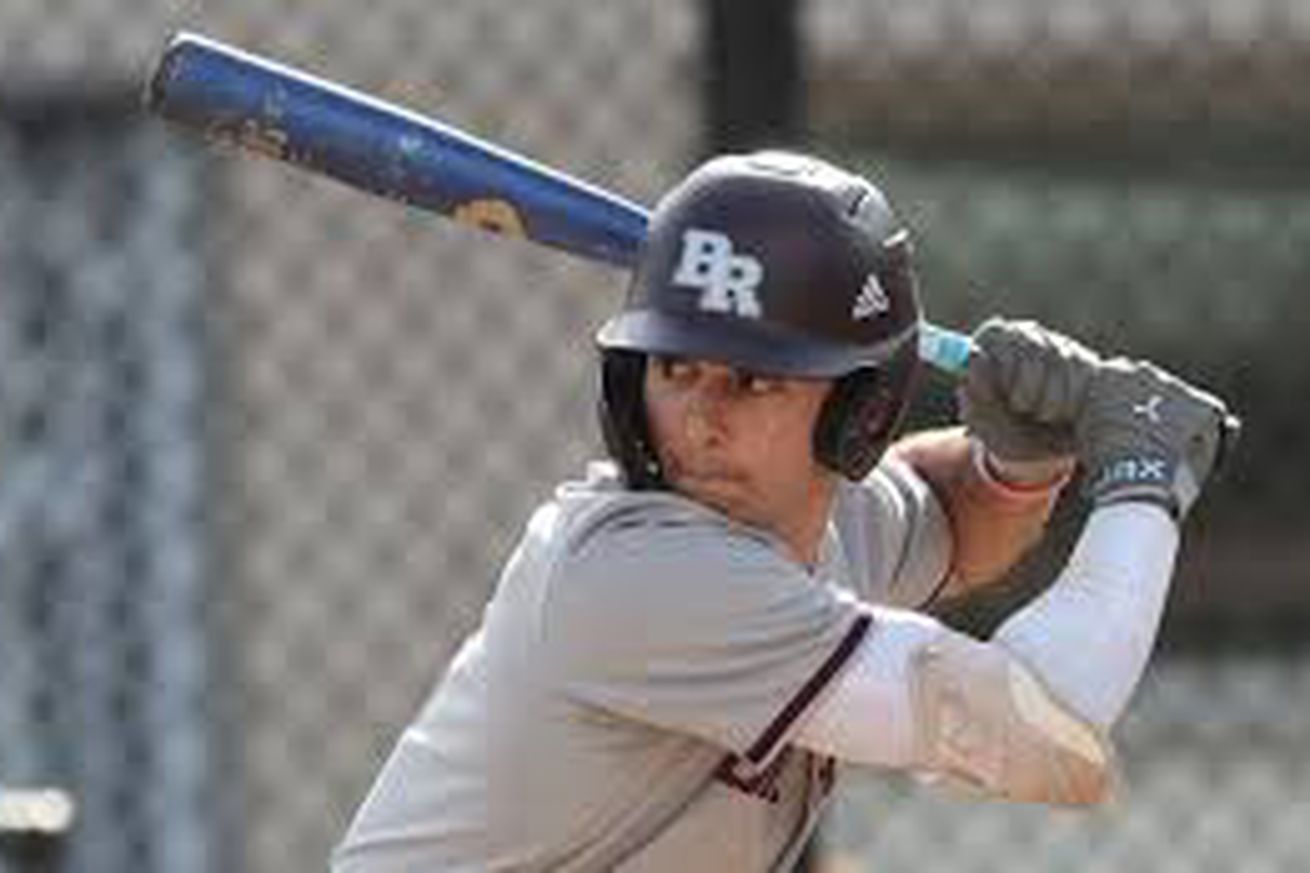
Where does the outfielder stack up against one of the most hyped draft classes of all time?
Few predicted Jack Lausch to have the season he had.
Taking the diamond for the first time in college this past spring, many overlooked the ‘Cats starting center fielder. Many heads turned to returners like Trent Liolios and Owen McElfatrick, as well as transfer shortstop Ryan Kucherak.
Long story short, Lausch was expected to struggle at the plate this year. And struggle he did until April, where he raised his batting average over 60 points to finish fourth on Northwestern’s team at a .268 clip.
Considering that the dual-sport athlete drew the eyes of many MLB scouts during his days at Brother Rice High School and was considered a top 250 draft pick by Baseball America in 2022, one can only assume Lausch’s late resurgence reengaged the watchful eyes of pro ball executives. As of right now, he’s projected to sneak himself into one of the latter rounds of the draft, despite his struggles in the MLB Draft League.
Here’s an analytical breakdown of Lausch as a prospect that may give some insight as to where he’ll end up.
Strengths
The biggest weapon analysts love to speak on is Lausch’s speed. Northwestern fans know the hometown athlete as a dual-threat quarterback, opening up the playbook for Zach Lujan to mix in read option and designed runs for crucial yardage in first-down situations.
This meshed well with Lausch’s baseball IQ, making him one of the better defensive center fielders in the Big Ten. The junior displayed elite range in 2025, allowing him to track even the hardest of barrels into the gaps to save runs for NU on multiple occasions.
When locked in at the plate, Lausch can be one of the most consistent hitters a team could want. He picked up eight hits in Northwestern’s final four games and had three separate three-game-plus hitting streaks in the final three weeks of the season.
These attributes add up to give coaches a prototypical leadoff hitter, reflective of a Dee Strange-Gordon or Jacob Wilson. Lausch isn’t afraid to use his legs on the base paths either, allowing coaches flexibility in the small-ball scheme to use Lausch in any way they see fit.
Weaknesses
It would be difficult to discuss Lausch as a prospect without addressing the elephant in the room.
31.6. That was Lausch’s strikeout percentage this past year, which led the conference amongst all qualified hitters. Part of this can be attributed to his transition from football to baseball, but still raises concerns. This is only further exacerbated by his struggles in the Draft League, where he’s hit .133 in 60 at-bats this summer.
A major issue in this is Lausch’s tendency to chase up and out in two-strike counts. Anxiety is a killer, and it got to him as at-bats went longer and became more competitive.
Another issue — which could always be resolved if need be — is Lausch’s abilities as an outfielder on a higher level, though he can expand to grow into a potential first baseman as well. Of course, NU had no shortage at the corners this past season, but gaining experience in the infield can make him even more valuable as a utility player.
Prediction
Many say Lausch will be drafted late, and I’d agree. Round 19 is my verdict, and more than likely, he’ll be rejoining Ben Greenspan and the ‘Cats next spring.
Lausch’s money will be made in the 2026 draft, depending on whether he has a year that shows incredible growth and maturity in multiple facets of the game. If he does so, teams will be more than ready to pull the trigger on a quarterback turned outfielder. In a loaded draft class featuring Ethan Holliday and Kade Anderson, one extra “prove it” year can do wonders for Lausch in the future.